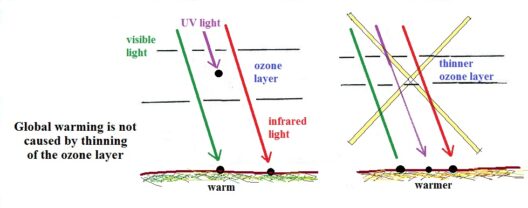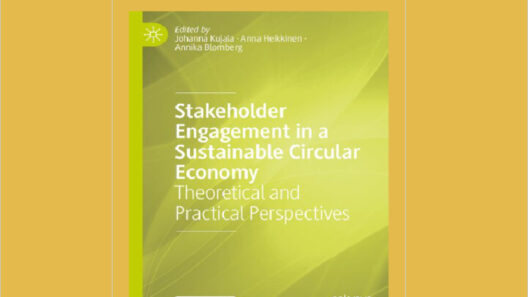The conservation of energy is a fundamental concept in the realm of physics, often shrouded in myths and misunderstandings. Many presume it to be a law proposed by Sir Isaac Newton, yet this notion is misleading. Understanding the conservation of energy requires delving into both the historical context and the scientific principles that govern this principle.
First, it is crucial to establish what we mean by conservation of energy. At its essence, the law states that the total energy in a closed system remains constant over time. Energy cannot be created nor destroyed; it can merely change forms—from kinetic to potential energy, for example. This principle is not merely a scientific abstraction but has profound implications for numerous disciplines, including engineering, ecology, and even daily life.
Newton, renowned for his contributions to classical mechanics, formulated laws that describe the motion of objects. His first, second, and third laws of motion explain how forces act upon bodies and the resultant motion. Nevertheless, the conservation of energy, while compatible with Newton’s laws, is distinctly separate from them. It emerged from the work of later scientists, notably Hermann von Helmholtz and James Clerk Maxwell, who extended Newtonian mechanics by exploring thermodynamics and electromagnetic theory.
When scrutinizing the interplay between energy and Newton’s framework, the myth that conservation of energy is one of Newton’s laws becomes apparent. This misconception likely arises from the way energy concepts were integrated into physics education. It is easier to teach laws of motion alongside energy conservation, leading to conflations in pedagogical practices.
To explore this topic in depth, one must consider various forms of energy: mechanical, thermal, chemical, and nuclear, among others. The transformation of energy forms is a natural phenomenon observable in everything from engines to ecosystems. In mechanical systems, for instance, potential energy stored in an elevated object converts to kinetic energy when it falls, illustrating conservation in action. However, one must note the inefficiencies arising from friction, air resistance, and other forces that dissipate energy as heat rather than conserving it within the system.
Turning our attention to thermodynamics, particularly the first law, we unearth another dimension of confusion. This law, which asserts that energy within a closed system remains constant, elegantly aligns with the conservation principle. Yet, it deals explicitly with heat energy and its transformation. This distinction further reinforces the notion that while energy management aligns closely with Newtonian mechanics, conservation is inherently a broader concept, transcending the limitations of classical physics.
Addressing the confusion surrounding conservation and its purported ties to Newton invites intriguing inquiries about historical development. For instance, the concept of energy itself underwent significant evolution. Originally understood through the lens of work and heat, the term “energy” wasn’t standard in physics until the 19th century. This late arrival underscores how fundamental shifts in thinking can reshape our understanding of scientific laws. Acknowledging this timeline is paramount, as it reveals that early scientists were grappling with profound observations that would eventually coalesce into the principles we recognize today.
Additionally, the implications of the conservation of energy reach well beyond theoretical physics. In the modern context, they have critical bearings on environmental sustainability and energy management. The urgency of transitioning to renewable energy sources hinges on our understanding of energy conservation. By harnessing existing energy forms—such as solar, wind, and hydropower—we can contribute to a sustainable future where the energy supplied does not deplete natural resources.
Furthermore, consider the significance of energy efficiency. The notion that energy can be ‘lost’ in traditional systems beckons a shift toward innovative technologies like smart grids and energy-efficient appliances. These advancements capitalize on the reality of conservation, optimizing energy use while minimizing waste. This transition is no trivial endeavor; it requires systemic changes and a collective consciousness dedicated to sustainability.
In the quest for understanding the conservation of energy in relation to Newtonian physics, one realizes that critical engagement with science is essential. The interplay of history, theory, and application cultivates a comprehensive appreciation for how intertwined yet distinct these ideas are. Not only is it vital to differentiate between Newton’s laws and the conservation of energy, but it is equally important to explore how this differentiation informs modern scientific discourse and innovation.
Ultimately, embracing the principle of energy conservation unveils a wealth of possibilities for rethinking how we interact with the world. From personal energy consumption to global policies on renewable resources, the lens through which we view energy shapes our actions and impacts the environment. In challenging the myth that conservation of energy belongs to Newton, we empower ourselves to engage with this pivotal concept more meaningfully. Understanding the facts versus myths about energy conservation fosters a richer dialogue about responsibility and innovation.
In conclusion, the conservation of energy stands as a testament to the interplay of historical development and scientific inquiry. It recognizes a universal truth about the nature of energy—its constancy amid transformation. Disentangling it from Newton’s revered laws invites not only clarity but also curiosity. The world of energy, with its myriad forms and transformations, persists as a dynamic frontier for exploration, holding the promise of a sustainable future that hinges upon our commitment to its principles.








